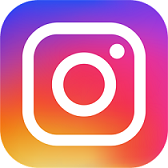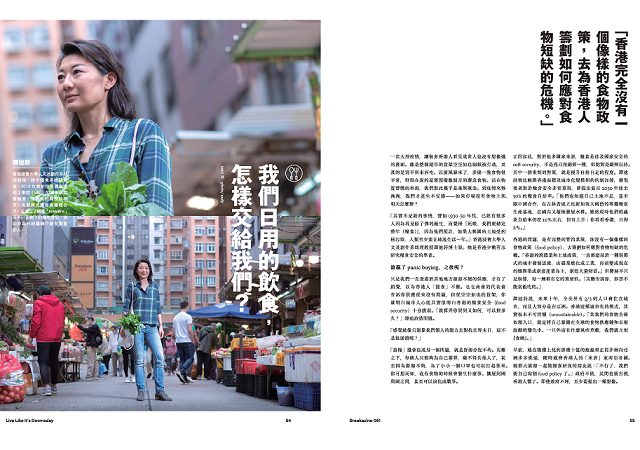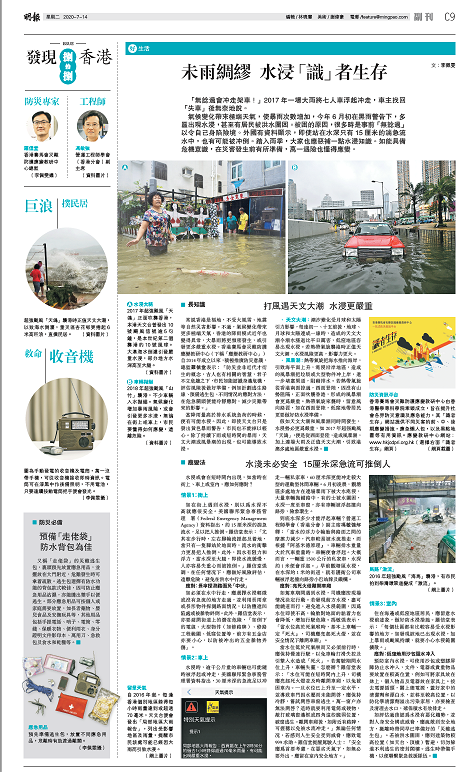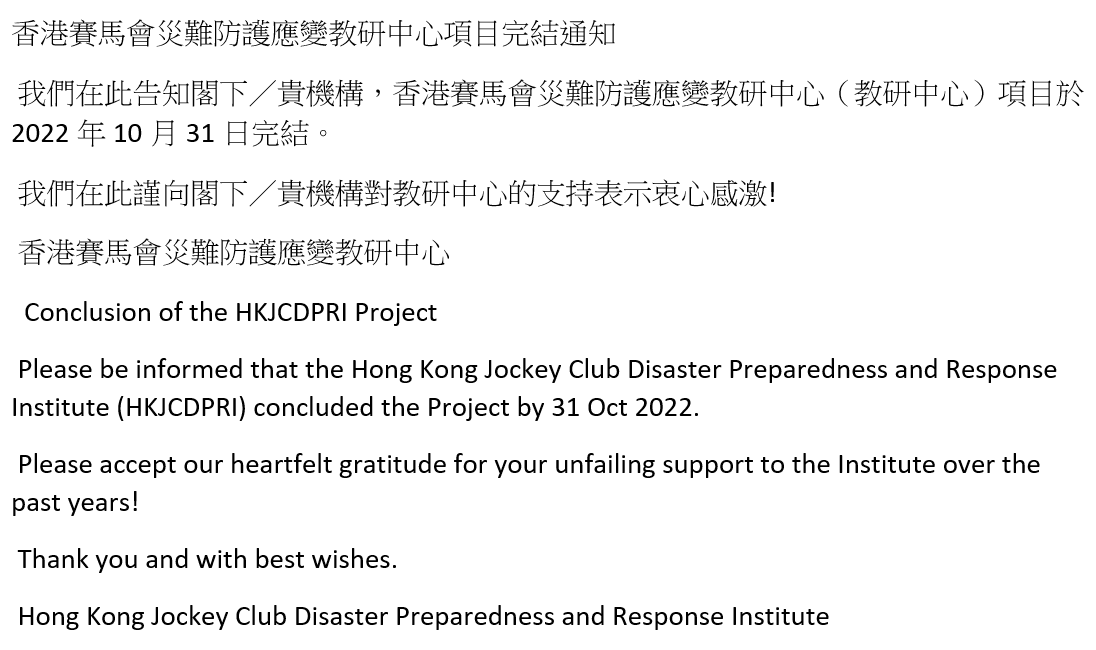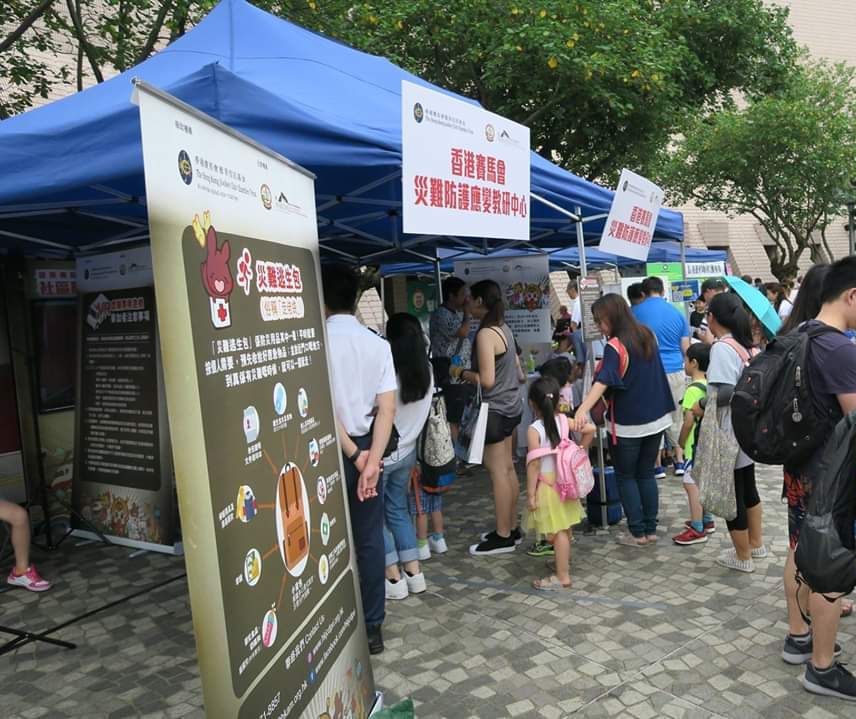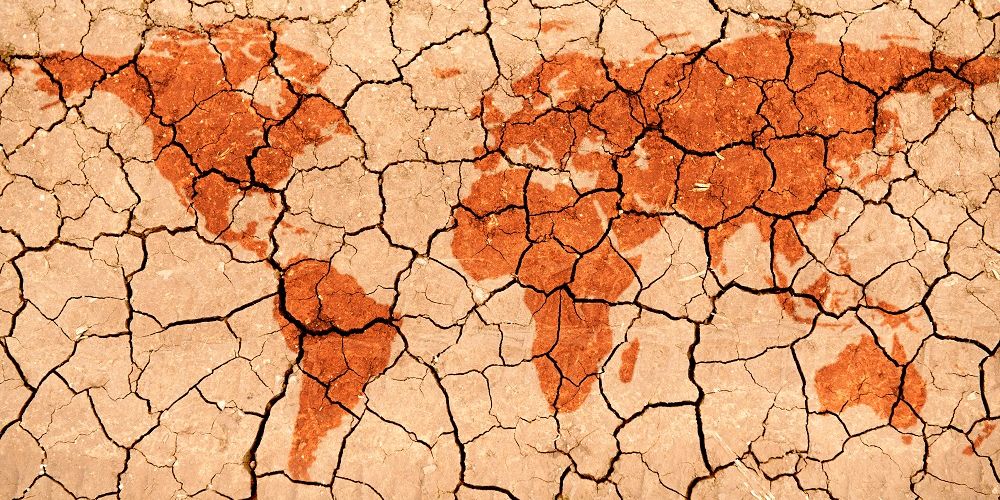You are here
出版物 & 研究
出版物 & 研究
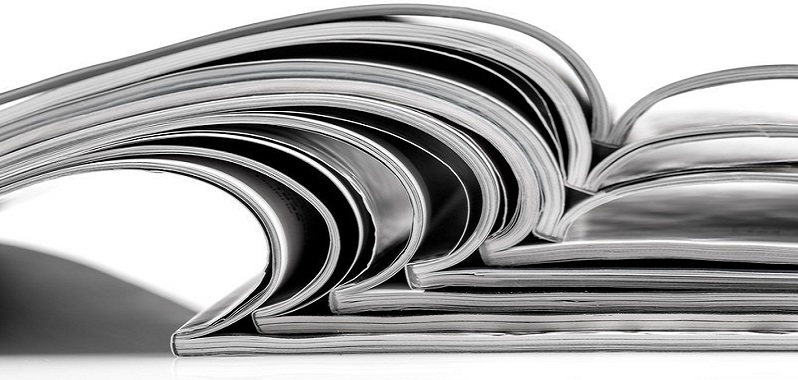
出版物 & 研究
香港賽馬會災難防護應變教研中心的出版物涵蓋了教研中心跟合作夥伴、顯赫學術機構的研究項目,以及有關災難防護和應變的其他研究與開發。
指引列出了教研中心特別揀選的災難管理技術資訊、操作指引和有用工具。
博客提供了一個平台,讓持份者能分享與災難有關的最新動態、意見及經驗分享。
博客文章由作者以個人身份或代表所屬單位撰寫。內容表達的觀點、思維及意見純屬作者個人想法,並不代表香港賽馬會災難防護應變教研中心的立場。
公眾可在尊重知識產權情況下,使用所有資料,並必須適當引述出處。
2020
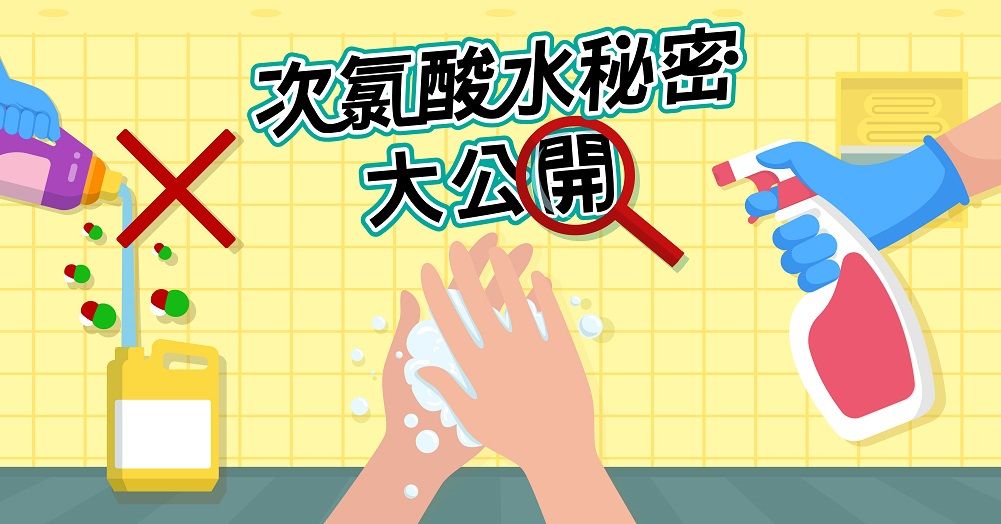
這個標題是騙你進來學點化學知識的。
我曾「秘密地」受一位傳媒朋友所托,用滴定 (titration) 方法分析了幾個牌子的次氯酸水產品。它們價錢由每樽數十元至三、四百元不等,那它們的有效成份 — 次氯酸濃度又有多大分別呢?
次氯酸係咩嚟?
次氯酸 (英文:hypochlorous acid),化學式為HClO (分子結構見下圖)。其實次氯酸和漂白水中的「次氯酸鈉」(NaClO) 只差一個鈉離子,次氯酸水是種不穩定弱酸,又怕熱又容易被紫外線分解,失去消毒功效。而漂白水是強鹼性,次氯酸鈉溶液比較穩定。而兩者的消毒效能都是因為次氯酸根離子 (ClO-) 這個強氧化劑,將病毒、細菌結構氧化和破壞。
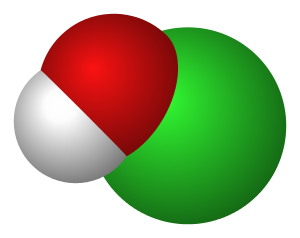
在泳池會聞到輕微刺鼻的「氯氣味」。將氯氣通入水中,會形成鹽酸和次氯酸。但是氯氣本身有毒又不易控制,所以消毒泳池水時其實不是用氯氣,而是在水中加入強鹼性的工業用漂白水,然後再加酸調教泳池水pH值回到中性。
市面上買到的次氯酸水,也就是同樣的製造原理。
說回我的「秘密」檢測也實非什麼秘密任務,只是該偵查報道搜集的題材太豐富,而節目時間卻太短,一個「咩Q水」已經太爆,因此我的訪問部份只出了三分鐘。不夠時間出的次氯酸水檢測結果,在這裡分享少少給大家看看:
| 產品A | 產品B | 產品C | 產品D | |
| 每100毫升售價位# | $44.8 | $69.8 | $85 | $120 |
| 次氯酸濃度* | 188ppm | 103ppm | 35ppm | 181ppm |
#於2020年8月29日網上搜尋產品的本地零售價(港元)。
*滴定反應方法參考自2020年3月16日科大陳鈞傑教授於《上網問功課》節目的示範。URL: https://youtu.be/GNGppgqLPVQ?t=1767
看見某牌子標榜「天然白細胞殺菌因子」時我笑了。其實也算是對的,上生物堂學過,身體內嗜中性白血球 (Neutrophil) 能夠產生次氯酸來殺滅細菌。如果你曾經因為「天然」而豪氣花錢買這產品後自覺笨了,現在會否想跟化學KOL自家調配次氯酸水?
市面上賣的次氯酸水太貴不如自己溝?
理論上是可以的,材料只有水、漂白水,和廚房找到的白醋。只要各材料比例正確,就能溝出與市面上買到濃度相約的次氯酸水。
首先要注意安全,稀釋前的家用漂白水次氯酸鈉標準濃度約5.2% (即52000ppm),強鹼性(pH~14)會刺激皮膚,操作時需要戴手套,並在空氣流通的地方進行。
自家製次氯酸水成本有幾低?
第二就是計清楚條數,假設一樽1500亳升的家用漂白水為16元,一樽470毫升食用白醋為10元,而水費真的十分平,暫且當它零成本。如要調配1000毫升,濃度100ppm的次氯酸水:
//先準備1000毫升清水,加入2毫升家用漂白水,搖勻。再加入5毫升白醋,令溶液pH降至5.5 - 6.0,再搖勻便完成。//
成本還不用2毫子!
但是,更須注意的是不同牌子的漂白水次氯酸鈉含量相差可以很大,參考2009年的消委會《選擇月刊》報告,次氯酸鈉濃度由2%至6%不等,相差竟可達3倍!至於食用醋亦不可跟工業用醋混為一談,說來說去又是濃度和雜質問提。家中沒有pH計可即時量度溶液pH值(較易買到的pH試紙不能用,因為漂白水會「漂白」試紙中的指示染料啊!),若果醋加多了,過酸的環境會令毒氣釋出,到時不能殺菌更反而增加危害風險。
還有,不論是次氯酸或次氯酸鈉,濃度過高都會對人體有害。因此,對於怕麻煩又怕計錯數溝錯漂白水的市民,以下最基本的清潔/消毒用品會較適合。
三個平靚正方法消滅新型冠狀病毒(SARS-CoV-2):
- 用肥皂或梘液洗手最少20秒,肥皂分子滲入病毒表面的脂肪結構,原理就如洗潔精瓦解油污,然後用水沖走。普通梘液已經有效,跟有添加「消毒」成份的梘液沒有明顯分別。
- 酒精搓手液、乙醇或丙醇 (60 - 70%) 能溶解病毒脂肪結構和破壞蛋白質結構。酒精搓手液是在沒有梘液或水洗手時的選擇,想清潔一般物件表面,酒精則較漂白水貴了一些。
- 稀釋漂白水^適合清潔物件和地板表面。漂白水中次氯酸鈉的強氧化作用可破壞病毒的蛋白質和核酸結構。清潔需要最少要10分鐘接觸時間,然後過水或抹乾。注意漂白水屬鹼性會刺激皮膚,因此不應用來洗手。亦切勿將漂白水混合其他清潔劑,否則可能會釋出毒氣。
日常家居清潔是必須,在人多或空氣不流通的地方戴好口罩,才是預防新型肺炎的最重要習慣。
^ 市面不同牌子的家用漂白水次氯酸鈉濃度不一,市民必須先看清楚產品使用說明。
麥嘉慧
科學人

2020年,全球迎來了一個新挑戰,2019冠狀病毒病疫情在全球擴散,深深影響了人類的衣、食、住、行。
香港一直被視為福地,災難似乎遙不可及,但今次疫情令公眾罕有地為不同的生活問題而恐慌。除四出搜購抗疫物資之外,市民亦擔心因疫情關係會出現糧食供應短缺,於是紛紛冒著受感染的風險,外出搶購, 包括:米、麵、油等等主要糧食 ,超級市場上的貨架迅間變得空空如也。
到底香港的食物供應會否因為疫症或者其他災害而中斷呢?社區又是否可以組織起來,為糧食供應的穩定性多做一點呢?作為小市民的我們,又可否為我們的社區行多一步呢?
想知道更多?可以參考以下文章《我們日用的飲食 怎樣交給我們》。
來源:Breakazine 061 末日生活提案|2020年6月號|
經《Breakzine》2020年8月21日 同意下轉載。
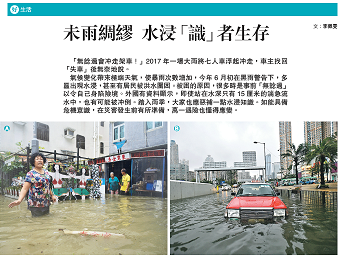
根據天文店就在九日一日發表的《2020年秋季季度預報》1,本港今年的秋季 (9月至11月) 氣溫將會維持正常至偏高,而雨量亦可能會維持正常至偏多的情況。
本教研中心總監羅信堂先生較早前接受明報訪問,向市民提供了不少有用的資訊以應對在香港的水浸情況。如果市民在不同的情景遇到水浸,市民有甚麼需要注意的地方呢?在面對危險時我們可以如何逃生呢?
想知道更多?可以參考以下文章。
來源:明報副刊 |2020年7月14日
經《明報》2020年8月10日 同意下轉載,《明報》保留所有權利。
[1] 2020年秋季季度預報,香港天文台, 2020
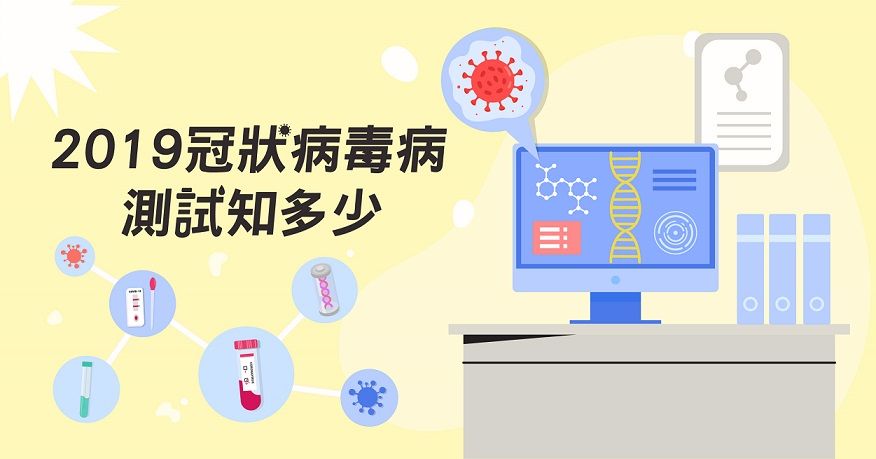
[本文只供英語版本]
[本文只供英語版本]
Dr. Jimmy CHAN
From 1 September 2020, the Hong Kong Government started to offer free Universal Community Testing Program of COVID-19 for Hong Kong citizens. In this blog, we shall discuss different kinds of COVID-19 tests available and the pros and cons of these tests.
1. Viral culture of COVID-19 Test
The viral sample is obtained from the source and then put into a culture medium. If there is positive replication of viral particles in the medium, the result is positive. It indicates that the source is infected or contaminated with live viral particles with potential source of infection. However, this test needs a few days to a week to have the result. Therefore, it is not an efficient approach for prompt diagnosis and measure to stop the viral transmission in the community.
2. PCR COVID-19 RNA Test
The viral sample is obtained from the source and laboratory compares the genetic material obtained with the genetic code of the COVID-19. Since the sample viral concentration may be low, the laboratory will use the primer reagent to enhance the concentration of the genetic material in order to increase the sensitivity of the test. A positive test indicates the presence of the COVID-19 genetic code from the source. However, the sample obtained can be live or dead viral particles. Therefore, this test may not indicate a current infection as the patient may carry residual viral fragments in the recovery phase. The result will be obtained in one to several days. The sensitivity and specificity of this test are high as it is regarded as the golden standard in Hong Kong with an accuracy of around 97%.
3. COVID-19 antibody Test
This is a blood test that checks the presence of the COVID-19 antibodies in our body. After infected by COVID-19 virus, our body immune system will start the immune response to produce antibodies against the virus. There are two kinds of antibodies, namely IgM and IgG. The presence of IgM antibodies suggests recent infection whereas IgG antibodies suggest past infection and the host may be protected from infection. However, the host needs about one week’s time to develop antibodies, therefore, this is not efficient for promptly identifying the viral carriers.
4. Rapid Tests
Two kinds of rapid tests are available. The first one is a finger prick test (the kit is similar to the commercial pregnancy test kit). It can test the presence of IgG or IgM by putting a drop of blood into the test kit. The result can be obtained in about 10-15 minutes. However, this test is neither validated nor standardized, therefore, the false positive or negative rates are quite high.
Harvard Medical School and University of Colorado Boulder suggested another rapid test. This is also a RNA nucleic acid strip test and the result can be obtained in less than 30 minutes. The sensitivity of this test is not as high as PCR test. However, the cost for this test is cheap (about HK$10 for each test) and therefore it may be a good surveillance test for the community, especially the asymptomatic invisible COVID-19 carriers.
It is quite difficult for a virus to enter into the host cell for replication. The COVID-19 virus has a Spike (Figure 1: S-protein of COVID-19 virus) on its surface that can tap into the ACE2 receptors of the respiratory and gut epithelial cells, simulating a key to open the lock of a door. This is the reason why we can get higher yield of the viral particles in the naso-pharynx and the stool. The accuracy of the RNA nucleic acid test depends on the sample collection method. The viral sample can be obtained from nasal cavity, naso-pharynx, oro-pharynx and the deep saliva from the throat (Figure 2). The accuracy is high if the sample is directly taken from the naso-pharynx (70% or higher), but patients may find it uncomfortable when taking the test as it may induce a sneezing or coughing reflex, posing an infection control issue when taking the swab. The combined nasal cavity + oro-pharynx swab is quite accurate and the irritations to the patients are minimal. Therefore, this sampling method was adopted by the free Universal Community Testing Program in Hong Kong.
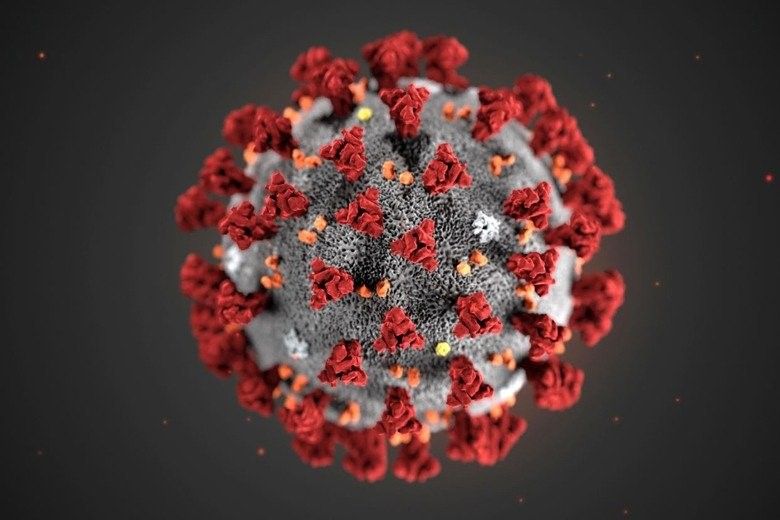
Figure 1: S-Protein of COVID-19 Virus (Source: CDC/US)
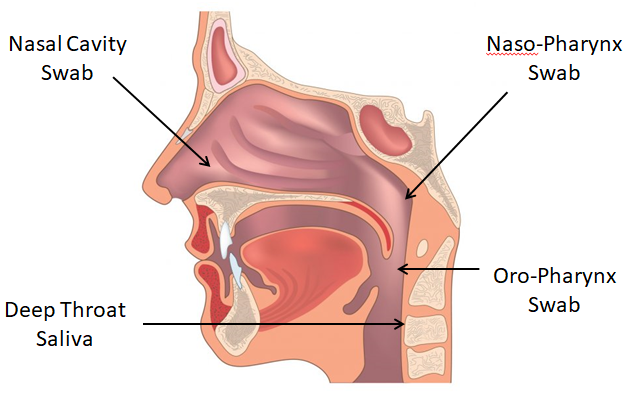
Figure 2: COVID-19 swab taken from different sites in pharynx (Internet free photo)
Lastly, it is important to note that before taking the swab samples, no antiseptic materials like alcohol, mouthwash or gargle should be taken. Otherwise, the result will be affected. Although the surveillance COVID-19 test may not be as accurate as the formal PCR test, however, it is cheap, and the turnaround time is much shorter. A positive surveillance test will be checked against a proper PCR test before confirmation. Therefore, it is a good option to carry out mass screening program to identify the invisible COVID-19 carriers. The Hong Kong citizens should support this program in order to break the COVID infection chain in Hong Kong.
Dr. Jimmy Chan
President of HK Association for Conflict and Catastrophe Medicine.
FHKAM(Surgery), FHKAM (Emergency Medicine)
Regional Director (HK), Advanced HazMat Life Support International, USA.
Reference:
1. HKSAR Universal Community Testing Program for COVID-19 for Hong Kong citizens, Hong Kong Government, 2020
2. Larremore DB, Wilder B, Lester E, et al. Test sensitivity is secondary to frequency and turnaround time for COVID-19 surveillance. Preprint. medRxiv. 2020;2020.06.22.20136309. Published 2020 Jun 27. doi:10.1101/2020.06.22.20136309
3. Comparative accuracy of oropharyngeal and nasopharyngeal swabs for diagnosis of COVID-19, The Centre for Evidence-Based Medicine (CEBM), 26 March 2020
4. Vlek ALM, Wesselius TS, Achterberg R, Thijsen SFT. Combined throat/nasal swab sampling for SARS-CoV-2 is equivalent to nasopharyngeal sampling [published online ahead of print, 2020 Jul 14]. Eur J Clin Microbiol Infect Dis. 2020;1-3. doi:10.1007/s10096-020-03972-y
5. COVID-19 Tests in Hong Kong: Where to Go? (UPDATED), 31 August, 2020, AD Medilink




